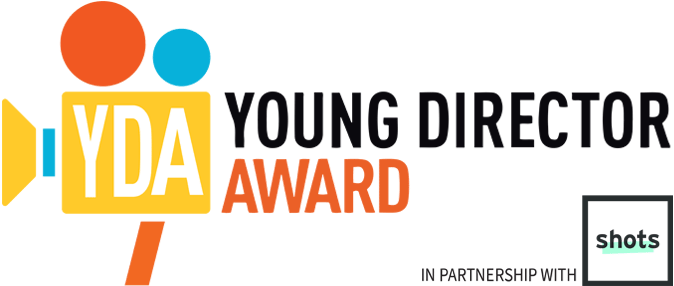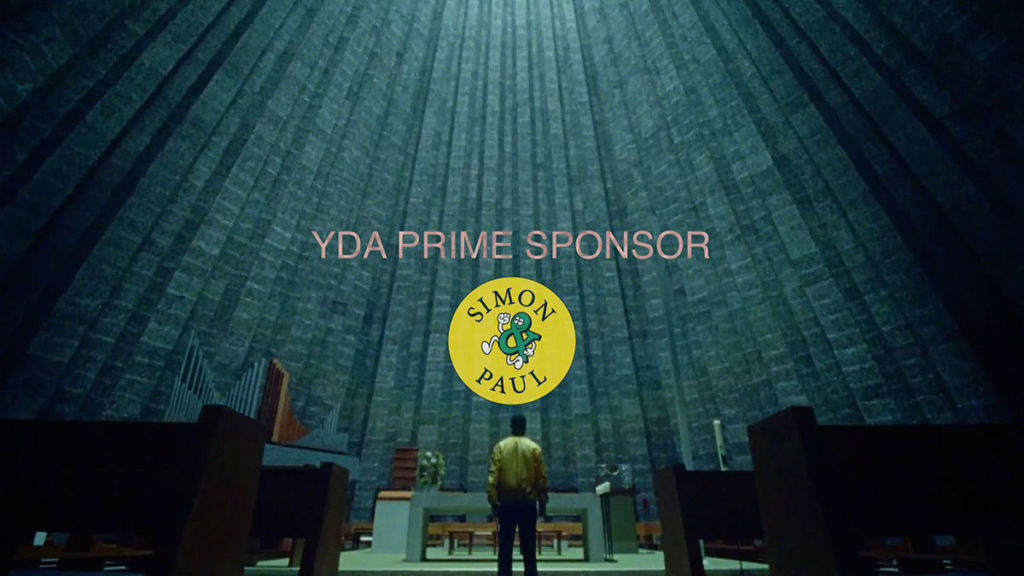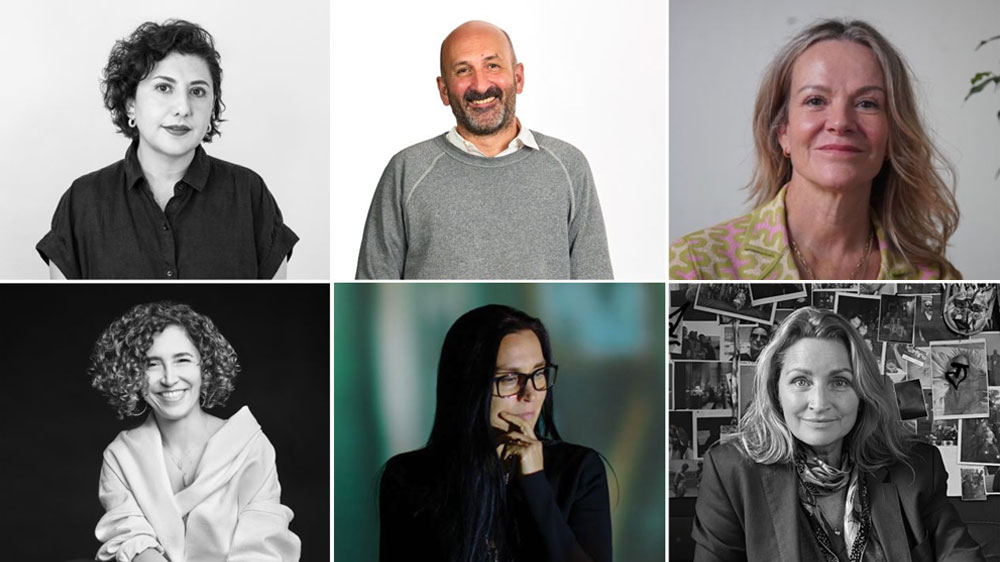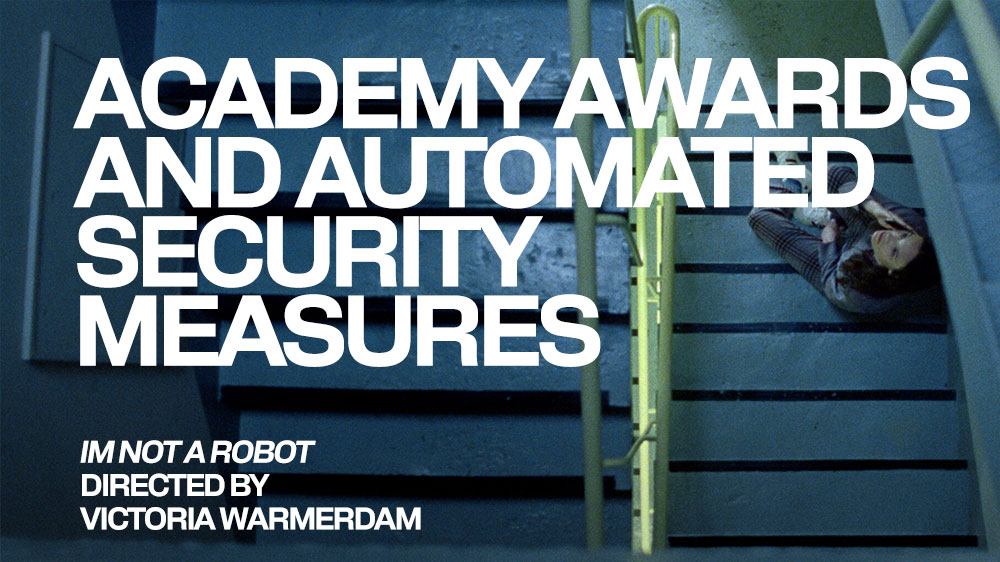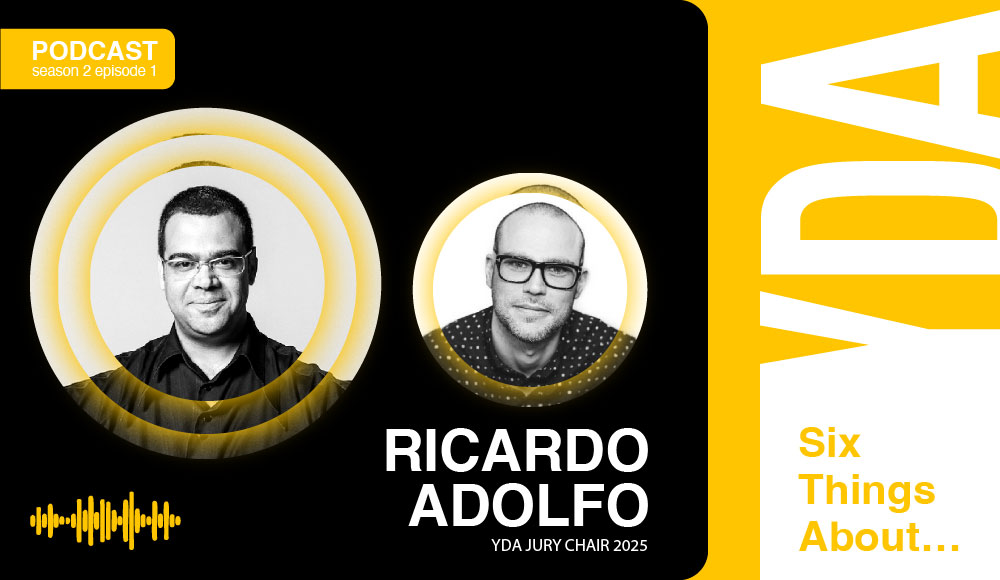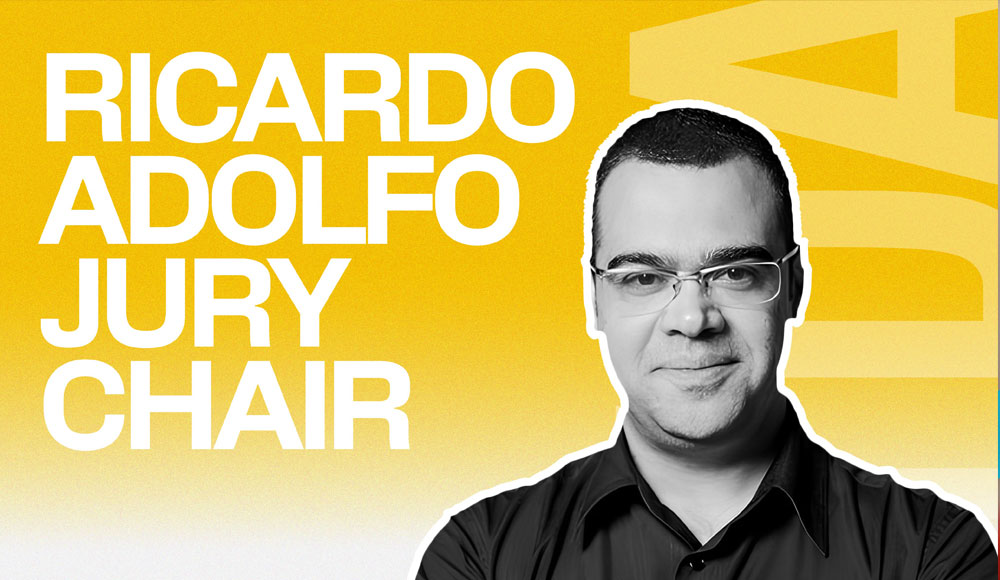Norwegian Jakob Rørvik has a distinctive eye for creating a film narrative in an unusual way. Here we catch up with the new director about his work and latest fashion film for St Hallvard.
[vimeo]http://www.vimeo.com/66245696[/vimeo]
The protagonist in your film Hunger for the clothing brand St Hallvard is one of the most unusual although credible characters in a fashion film. How did the character and the narrative evolve?
The brand was created by two former bartenders in Oslo, and it’s genuinely marketed at people who stumble through Oslo’s bars and rock venues, people who live a little hard, yet still want to look really sharp. The idea was to combine this brand identity with one of the most iconic works in Norwegian literature, Hunger by Knut Hamsun, which portrays this intense character who wanders through the capital looking for… something. The book was actually made into a film in the sixties, and we took a few pointers from that while at the same time infusing the story with a feverish punk-energy.
Did you collaborate with the brand, or creatives working with the brand?
We had lots of discussions with the brand, but it was mostly to assure them that film would indeed be quite dark, weird and dirty. They definitely didn’t want a nice, gentle fashion film. You can catch a glimpse of the clients in a window at the pub. They started the wrap-party a bit too early. No acting involved.
I developed the idea with a lot of support from my producer Richard Patterson at Kandidat, also a big fan of the book, as well as input from the brilliant copy writer and creative director Magdalena Kamøy.
[vimeo]http://www.vimeo.com/66743854[/vimeo]You have a masters degree in fiction direction from the UK’s NFTS. When you are writing do you think in pictures and storyboards or do you write in script – can you tell us about your creative process please and how your filmic technical knowledge informs the writing and vice versa?
I always look for a way to bring in visual and formal ideas as early as possible in a writing process. Right now I am writing my first feature film, which is often just full on typing. However I try to incorporate the formal ideas in the screenplay, and whenever I’m “out-typed” I work on a moodboard that helps me stay focused on the sensations of the film. With commercials I like to storyboard to ensure good communication with all departments, but this should only be a starting point for finding the best shots on the day.
While I always have a handful of key images ready for each project, the film really comes alive when I start working with the DOP. Annika Summerson, also a NFTS graduate, has a great eye. She shot Sult, My Friend Kills Time, SAS and Nordea.
[vimeo]http://www.vimeo.com/58104165[/vimeo]
My Friend Kills Time is hauntingly beautiful, the isolation of Thomas palpable throughout the film. How did you manage to make this portrayal with such intimacy and without diminishing the feeling of aloneness?
First of all Thomas is a good friend of mine, so there was a trust and understanding there from the start. And on this particular project I also made sure to work with the smallest crew possible, so that we could work in a very calm, very quiet manner. I also didn’t storyboard anything, just wrote down a list of intentions, and this made every new shot a kind of immediate experience for all of us.
Your’re signed with Kandidat in Oslo for commercial representation. Are you signed to any other companies? What would be your ideal commercial projects?
I’m now in talks with some companies abroad, and I’m looking forward to keep exploring the world of commercials. I also have a regional rep, Phantom Film, which allows me to do some work on the Norwegian West-Coast where I grew up.
My dream projects would involve a unique idea, I guess that’s an obvious starting point for any director, but more specifically I always look for work that combines an attention to characters and faces with cinematic moods and visuals.
[vimeo]http://www.vimeo.com/16094517[/vimeo]
When did you realize you wanted to make films?
When I was ten I borrowed my father’s camcorder to make a little “action”-video called Jakob Bond. I played the lead and cast my little brother as a Russian spy. This was probably the start of my obsession with film, as well as an early hint of my love for Martinis and everything British.
What have been the most useful lessons you’ve learnt about film making?
To always allow for and try to incorporate the unforeseen that happens when you’re shooting. You can only plan so much. You have to accept whatever gift the day presents you with.
[vimeo]http://www.vimeo.com/16768348[/vimeo]
